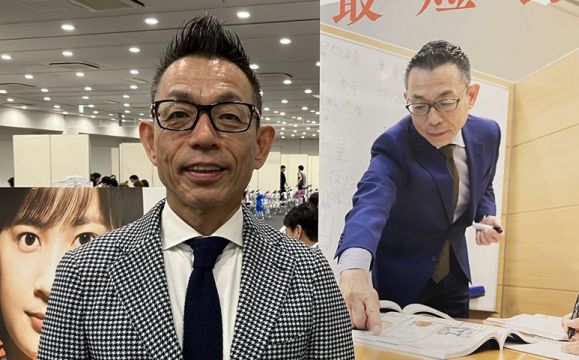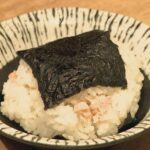Medical school entrance exams are known to be difficult. We asked about the “unique characteristics” and challenges of medical school admissions, as well as the importance of building a strong foundation, which is similar to other university entrance exams.
This person has been involved in medical school entrance exam preparation for 35 years.
The unique characteristics of medical school entrance exams are as follows:
1. The borderline deviation score (the score with a 50% chance of admission) is high.
2. Each university has significantly different exam tendencies, requiring tailored preparation.
3. Interview exams are rigorous.
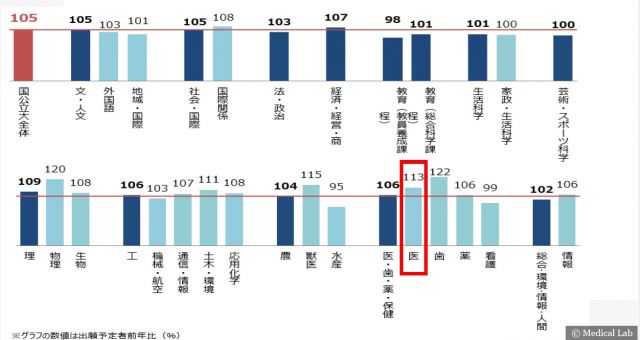
Are the number of applicants to medical schools increasing?
A survey conducted during this spring’s Common Test for University Admissions showed that applicants to national and public medical schools (first round) increased by 13% compared to the previous year.
Although there was a declining trend in the five years before the COVID-19 pandemic, numbers have been increasing since. This is likely because the importance of healthcare became widely known during the pandemic.
The number of applicants to private medical schools is also increasing.
The enrollment capacity for the first round of 31 private medical schools is 2,384, but this year there were 77,164 applicants. The actual competition ratio for many private medical schools exceeds 10-to-1.
This year, the Common Test was held later, causing the exam dates for many private medical schools to overlap significantly. It was thought that this would lower the competition ratio at many schools, but in reality, it did not decrease much.
Furthermore, when private medical schools lower their tuition fees, the number of applicants increases.
For the 2026 entrance exams, Fujita Medical University will significantly reduce tuition by about 30%, so this requires attention.
Additionally, perhaps due to a desire to be involved in cutting-edge medicine, there is a certain number of students who “would rather go to a private university in Tokyo than a national university in a regional area.”
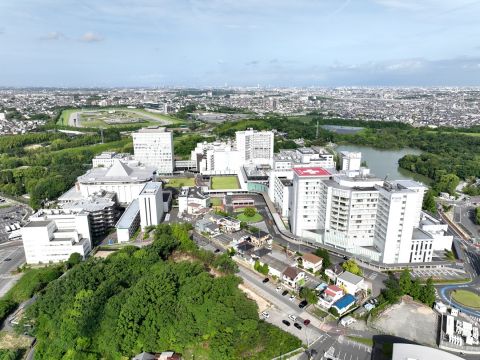
Does one need to be from a wealthy family to go to medical school?
Tuition at national and public universities is basically the same for all departments, so many students from ordinary households aim for medical school.
On the other hand, many private universities have high tuition fees.
But now, more private universities are establishing “regional quotas.” By utilizing these, students can study at medical school with reduced financial burden—in exchange for working in a doctor-shortage region for a certain period, their educational loans or scholarships are forgiven.
Additionally, the enrollment capacity for “School Recommendation Selection” and “Comprehensive Selection” is increasing in medical schools. It now accounts for about 28% of all spots at national/public universities and about 16% at private universities, providing more options.
The impression is that the number of people from so-called salaried worker households aiming for medical school is increasing.
The interviews being “rigorous” is different from other faculties.
This is because doctors, who hold people’s lives in their hands, are required to have suitable aptitude, qualities, and motivation.
In fact, many students who aim for medical school are serious and highly motivated.
Interviews have become even more important in recent years.
National and public medical schools carefully assess character in the interview exam, using a two-stage selection process to narrow down the number of students who proceed to the second round of exams.
For example, Gifu University used to allow 495 people, 9 times its capacity of 55, to proceed to the second round a few years ago, but now it has reduced that number to 165, which is 3 times the capacity.
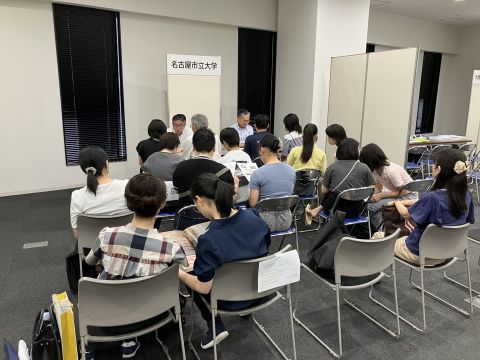
What exactly do these interviews involve?
For example, Nagoya City University’s interview exam consists of two group discussions and one individual interview, for a total of three sessions.
In 2024, the group discussion combined a debate in the first half and

